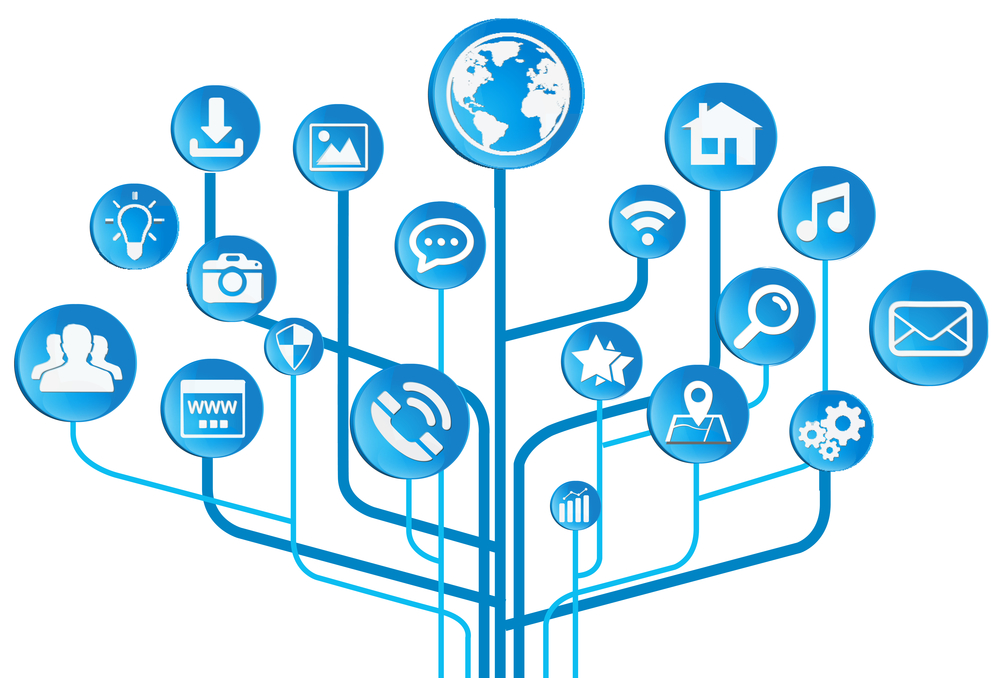Natural Language Processing (NLP): meaningful advancements with BERT
Of all the data that is available to us, only 20% [1] of it is in a structured or in a pre-defined format. The remaining 80% of the data is in an unstructured form, with most of it being textual data. The lack of structure increases complexity and makes it challenging to process data, find patterns, and apply analytics in a meaningful way. Some examples of unstructured data are documents, audio files, images, and videos. Many sources on the Internet, such as social media and news sites, create massive amounts of unstructured data.
Read more









